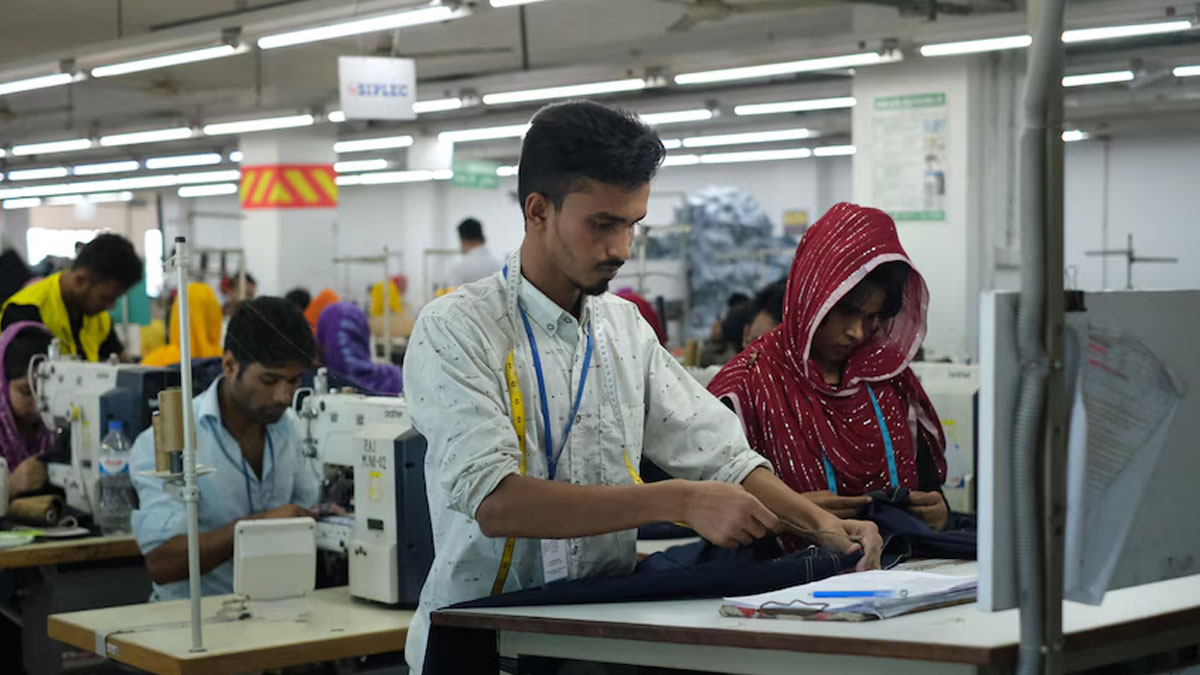Australian Fashion Week 2025: AFC CEO on stepping up and what’s different

- by Admin
- November 21, 2024

The Australian Fashion Council (AFC) along with the broader fashion industry was taken aback by IMG’s abrupt exit from Australian Fashion Week (AFW) last week. “We had no advance notice of this. But we have a duty to act on behalf of our members, so we can’t just sit back and wait to see what happens,” Jaana Quaintance-James, CEO of the AFC, told Inside Retail. “We have long heard of the industry’s desire for the evolution of Fashion Week and we believe we are well placed to lead tha
ad that conversation,” she added.
The show must go on
On November 13, IMG announced that it will no longer be operating AFW and the AFC promptly released a statement saying it would “lead this conversation” as the peak body for fashion and textiles in Australia.
Two days later it issued a “call to action” asking its members and wider fashion community to support “an industry-led AFC Australian Fashion Week” – the support came in droves.
“Amazingly we have had so many people from all different sectors of the industry come forward to show support – it’s been a great indication of the level of collaboration existing in our industry and that’s something that we hear internationally too,” shared Quaintance-James.
After an IMG-led AFW for 20 years, the baton was passed to the AFC on November 18 after securing financial commitments from the NSW government as well as philanthropic assistance.
“Monday wouldn’t have been possible without the support of Edwina (McCann) and the team at Vogue Australia,” said Quaintance-James.
“We have also had Simon Lock, Founder of AFW, come forward to support and the Minister for Roads, Arts, Music, Night-time Economy, Jobs and Tourism, the Hon John Graham MLC, if that gives you the idea of the calibre of people that surround the AFC,” she continued.
A short runway to fashion week
While a 2025 AFW remains on the calendar, the program itself is yet to be revealed but the AFC’s priorities are clear and in line with its not-for-profit business model.
“It will be different next year – the fact that we are a not-for-profit membership organisation means we will show up differently, but also we need to be realistic that we only have a short runway – excuse the pun – so we need to be realistic about what we can deliver to meet the needs of these designers in the short time we have,” Quaintance-James explained.
The AFC will not be pulling off 2025 AFW alone and plans to utilise its working group of creative and commercial minds.
It will also be holding an industry-wide consultation to listen, guide and lead this event – a key point of difference from past AFWs.
“Let me squash the idea that we are closing all conversations to members, we are not,” stated Quaintance-James.
“We will be doing industry-wide consultation with members and non-members, and also forming a working group, again with members as well as non-members,” she added.
“But at the end of the day, we are a membership organisation and have to serve and represent our members, so they will be the first to know things and will ultimately have more direct influence on the strategy of the AFC.”
AFW will never go out of style
In recent years, there has been conversations around the relevance and role of AFW but the moment the event was in jeopardy, the industry rallied to save it.
The rise and success of consumer-facing runways has also called into question the necessity of an industry-only event.
“Domestically, there are other wonderful events like Melbourne Fashion Festival, Melbourne Fashion Week and Adelaide Fashion Week, for example, that really bring the local industry together and help lift Australian fashion brands perfectly timed for the consumer,” elaborated Quaintance-James.
“Australian Fashion Week is the one moment that Australia has to take the global stage and for many of our brands this is just as important if not more important than our domestic market,” she added.
Quaintance-James was also quick to point out that Australia’s fashion industry is a $28 billion industry and exports over $7.2 billion worth of product – fashion’s cultural export is of a higher valuation than beer and wine combined.
“If we were to lose that positioning and support from an export perspective, it would be a significant hit not just in positioning Australian fashion as a collective to international markets, but it would also come at an extra cost to businesses, and in our economic climate that is a risk that many can’t afford,” concluded Quaintance-James.
“Moments like AFW have a ripple effect on our industry – it positions Australian fashion collectively in the minds of global buyers, media and then also consumers.”
The Latest News
-
November 21, 20242025 Australian Open draw could feature Jannik Sinner, Carlos Alcaraz, Daniil Medvedev, Novak Djokovic in same half
-
November 21, 2024The mood in India: Complacency and anxiety, but this battle will decide the series
-
November 21, 2024Time cost others and was McSweeney’s making. This is why he can bust a ‘myth’
-
November 21, 2024Experience gap shapes as one of series opener’s major subplots | cricket.com.au
-
November 21, 2024Australia captain Pat Cummins eyes elusive series win against India




